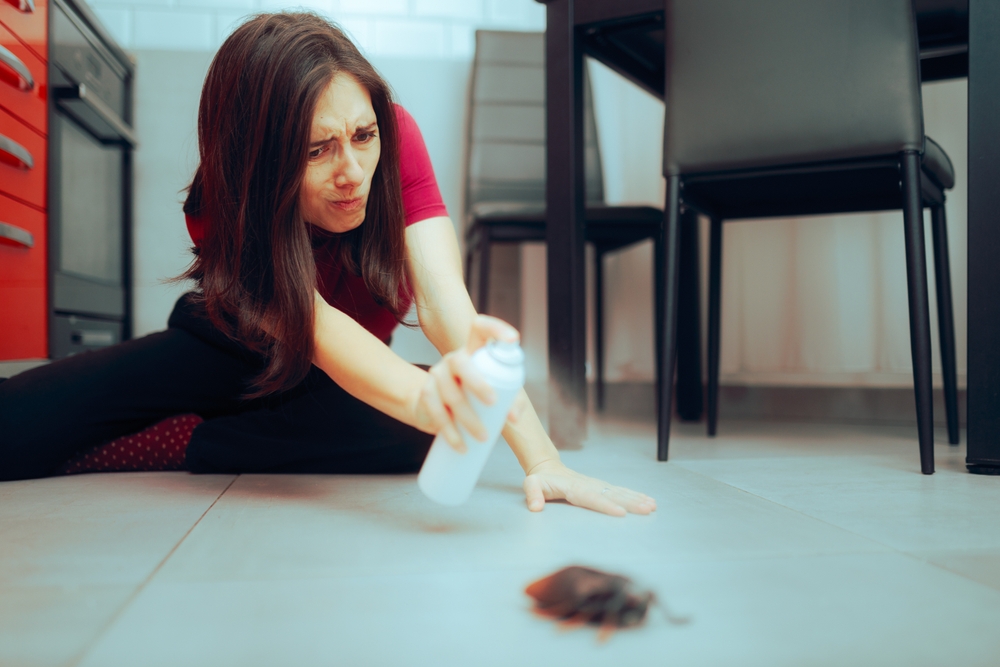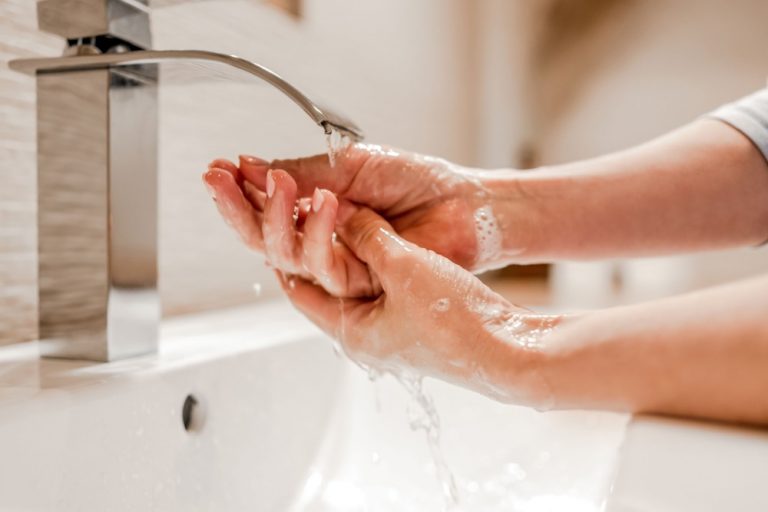What is Insecticide Spray and How Effective is it?
Insects and pests can be more than just an annoyance. They pose significant health and safety risks to you and your loved ones. These unwanted guests can disrupt your daily life and wreak havoc on your property, whether it’s disease-carrying mosquitoes or cockroaches. This is where insecticide sprays come in handy. An insecticide spray offers a simple solution to a persistent problem.
But how effective are these sprays? More importantly, are they safe to use? Let’s find out.
Why We Need to Keep Our Properties Pest-Free
An insecticide spray has its purpose, but why do we even need such a product in the first place? Insecticides, or more specifically, insecticide products such as sprays, are critical to pest prevention and control. Pests can transmit diseases to humans, such as mosquitoes carrying dengue and malaria and rodents spreading diseases like salmonella and hantavirus. They can also contaminate food and food preparation areas. Additionally, termites and rodents can bring significant damage to buildings and structures.
With so many risks to our health, safety, and property, it is our responsibility to take preventive steps to ensure that pest infestations are eliminated promptly. This can be achieved through proper sanitation and the use of pest control methods, including insecticides.

What is an Insecticide?
At its core, an insecticide is formulated to kill, harm, repel, or mitigate insects. They can be categorized based on their structure and mode of penetration.
Structure
Insecticides typically work by attacking the nervous system of insects, disrupting their normal functions and leading to their death. Common structures include:
- Organophosphates: These insecticides contain phosphorus and work by inhibiting the enzyme acetylcholinesterase, accumulating acetylcholine in the nervous system, and causing paralysis and death in insects.
- Pyrethroids: Synthetic analogs of natural pyrethrins, these compounds disrupt the normal functioning of the insect nervous system, leading to hyperactivity and death. These are commonly used in household sprays because they have a relatively low toxicity to humans and pets but are effective against a wide range of insects.
- Neonicotinoids: These synthetic compounds mimic nicotine and target the nicotinic acetylcholine receptors in inspectors, leading to paralysis and death. Neonicotinoids are often used in agriculture for their effectiveness against aphids and whiteflies.
- Chlorinated Hydrocarbons: This group includes compounds like DDT, which disrupt the nervous system and have long-lasting environmental effects.
Mode of Penetration
Insecticides can also be classified according to how they penetrate.
- Contact Insecticides: These act when they come into direct contact with the insect’s body. They are typically applied to surfaces where insects crawl or rest.
- Stomach Poisons: These insecticides are ingested by the insect when it feeds. Once ingested, they disrupt the insect’s digestive or nervous function.
- Fumigants: These are gaseous insecticides that enter the insect’s respiratory system through spiracles (breathing openings).
- Systemic Insecticides: These are absorbed by plants and transported throughout their tissues. Insects feeding on treated plants ingest the insecticide, leading to their demise.
Different Types of Insecticide
As mentioned, insecticides are chemical substances designed to kill or repel insects. Although they are made from chemicals, they are commercially available and safe to use by everyday consumers just like you. Insecticides can be natural or synthetic and come in various forms such as sprays, powders, and baits. The goal is the same for all insecticide products: to control insect populations and reduce the risks they pose.
When choosing an insecticide, it’s important to consider your needs and how each product works. Here’s how insecticide products differ from one another:
Insecticide Sprays
Insecticide sprays or aerosol sprays are popular for their ease of use and effectiveness. They deliver a fine mist directly onto insects or surfaces where pests are likely to travel or rest. Insecticide sprays can be used both indoors and outdoors, and they can immediately kill insects or even provide residual protection for days or weeks.

Bug Repellents
Bug repellents are usually applied to skin, clothing, or other surfaces to keep insects from landing or biting. Bugs are attracted to carbon dioxide. Naturally, we produce carbon dioxide from our pores, breath, and sweat. This lures biting insects such as mosquitoes or ticks to humans. The active ingredients in bug repellent are designed to mask or hide the scent of carbon dioxide, acting as a barrier to keep insects away. Repellents are typically used when spending time outdoors.

Insecticide Coils or Katol
Insecticide coils are a traditional method of controlling flying insects, especially mosquitoes. They release insecticide-laden smoke when burned. Katol is a popular brand often used in outdoor settings and is made from a pyrethroid-impregnated material. However, prolonged exposure to the smoke can be harmful, especially in enclosed spaces.
Natural and Botanical Insecticides
People who might be concerned about chemical exposure are turning to natural insecticides derived from plants. Some examples include essential oils like citronella or eucalyptus which have active ingredients that can repel insects.
Considerations for Use
Now that you know the different types of insecticide products, it’s time to determine which is the best choice for your home or business. Each product has its purpose and method of use, so choose one that best suits your needs and desired results. Here are factors to consider:

Pest or Insect Targeted
Some insecticides are created for specific insect species. Use an insecticide that is deemed most effective for the pest you are targeting.
Safety
Many insecticides contain chemicals that can be harmful to humans and pets when not used properly. Always read labels for safety instructions and follow recommended precautions.
Application Method
Are you applying the insecticide indoors or outdoors? What is the level of infestation? Do you need the insect/s eradicated instantly, or do you have the time to take a slow, methodical approach? Consider whether an aerosol, coil, or natural insecticide is the most appropriate. Insecticide sprays are typically best for immediate pest control, while baits may provide longer-term solutions.
Benefits of an Insecticide Spray
Insecticide sprays have long been a go-to solution for residential and commercial settings. These sprays are versatile and help manage common household pests such as ants, flies, cockroaches, and mosquitoes. These products are made for indoor use and target pests that invade living spaces, including kitchens, bathrooms, and garbage bins.
Insecticide sprays offer several advantages over other forms of pest control:
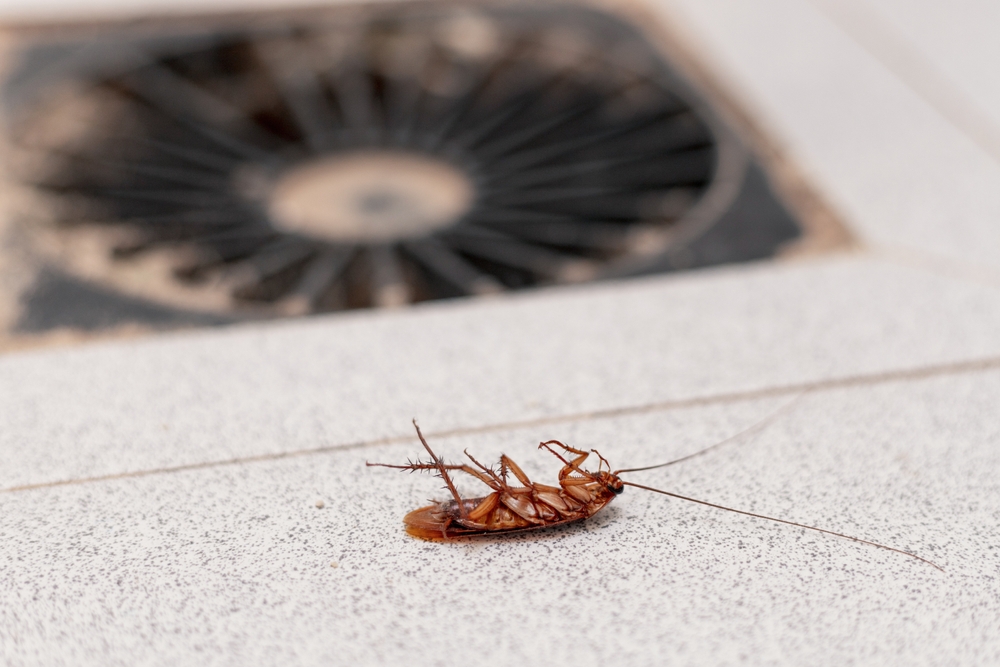
1. Fast Action
Insecticide sprays rapidly knock down pests, killing them on contact. This immediate action is beneficial in situations where you need quick results, such as when a cockroach is scurrying past or ants are crawling on food sources.
2. Targeted Application
This product is applied directly to problem areas, minimizing exposure to pets, humans, and non-targeted spots.
3. Multi-Use
Sprays can be used in various environments, including indoors and outdoors. They can target a wide range of insects, from crawling pests like ants and cockroaches to flying insects like flies and mosquitoes.
4. Easy to Use
Insecticide sprays are easy to use—just point and spray. This makes them accessible even to ordinary consumers without specialized pest control knowledge.
5. Long-Lasting
Many insecticide sprays have residual properties, meaning they continue to work even after application. This long-lasting effect can help keep insects away and reduce the need for frequent spraying.
6. Cost-Effective
Compared to other pest control methods, insecticide sprays are relatively more affordable and can be purchased in local grocery stores. These products allow you to address pest issues without the need to hire professionals.
A Guide on Insecticide Spray Use
To get the most out of your insecticide spray, proper usage is key. Here’s a short guide on how to use it correctly:

1. Identify the Problem Areas
Before spraying, identify where insects are most active. If you can, find where they typically hide or rest. You can also check kitchens, bathrooms, doorways, and windowsills.
2. Read the Label
Always start by reading the product label for specific instructions regarding application, safety precautions, and the types of pests targeted.
3. Shake the Can
For best results, shake the can well before use to mix the ingredients thoroughly.
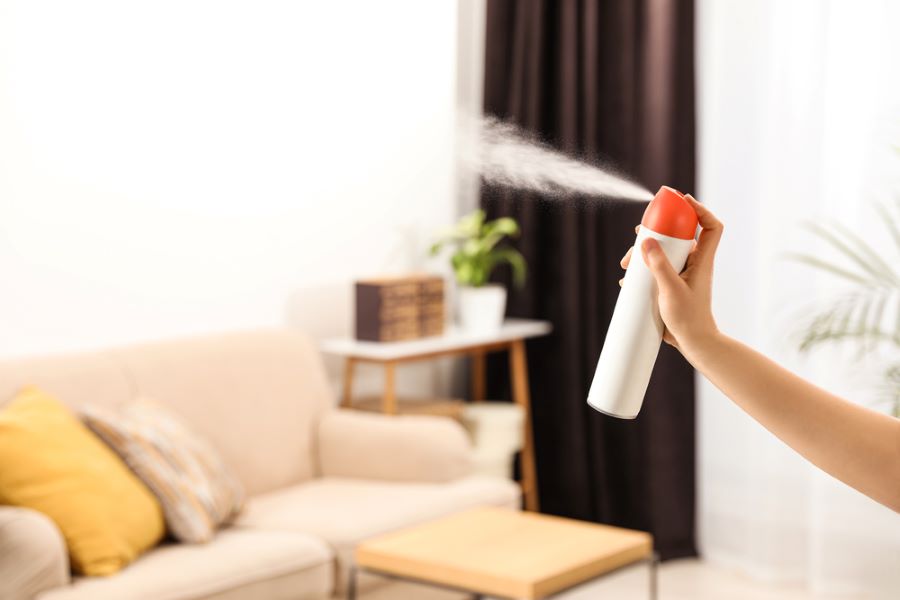
4. Apply the Insecticide Spray
Hold the can upright and spray directly about 12-18 inches from the target area.
5. Ventilate the Area
After spraying indoors, leave the room and allow it to ventilate. This step is especially important if you’re spraying in a confined space.
Insecticide Spray FAQs
How often should I spray insecticide?
The frequency of application depends on the severity of the infestation and the strength of the insecticide used. Some sprays provide instant results that last a few hours to a day. Generally, you can reapply as soon as you detect pest activity.
How long does insecticide spray last?
Residual insecticides can last from several days to weeks, while non-residual sprays are effective only during the time of application. Always check the label for specific information on longevity.
How to use oil-based insecticide sprays?
Oil-based insecticide sprays cling to surfaces and deliver a lethal dose upon contact. The residual activity of this spray can last up to 30 days, providing continuous protection even after the initial application. Spray along corners, around door frames, inside cabinets, under furniture, and other areas where insects pass and hide. Insects that come in contact with treated areas will die.
How to use water-based insecticide sprays?
Water-based formulas are designed to disperse quickly, covering large areas and targeting flying areas that are difficult to hit. Close all doors, windows, and openings. Spray upward into the corners and center of the room, then leave the room and return after 30 minutes to ventilate. The flying insects should be dead by then.
Dos and Don’ts When Using Insecticide Sprays

Dos
- Wear protective clothing, such as gloves and masks
- Keep children and pets away from treated areas until the room is aired out
- Clear the area of food items
- Keep windows closed during the initial application
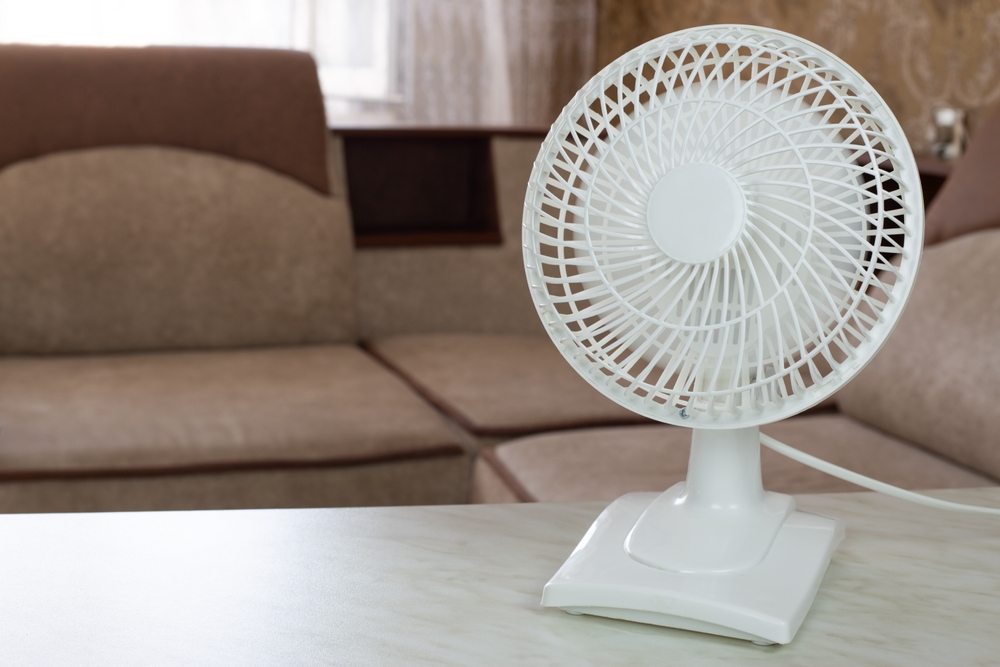
Don’ts
- Spray with fans on
- Apply near food or food preparation surfaces
- Ignore safety precautions on the label
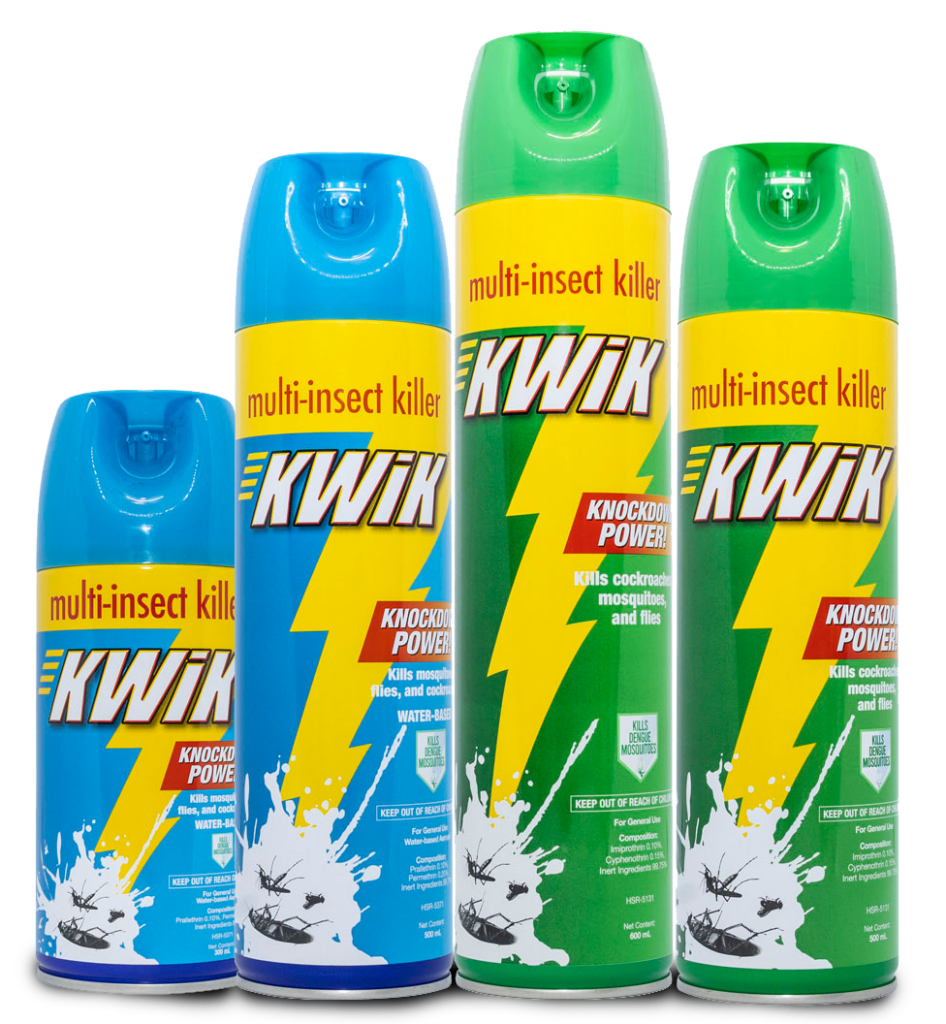
KWIK Insect Killer: Fast Knockdown and Long-Lasting Protection
When it comes to choosing an insecticide spray for Filipino homes and businesses, KWIK Insect Killer stands out for its fast knockdown and long-lasting protection. Our range of insecticide sprays ensures that pests are quickly and safely eliminated from your living spaces.
KWIK Original Multi-Insect Killer
This product is formulated for the immediate knockdown of crawling and flying insects. Ideal for quick-response situations, it effectively eliminates pests on contact, making it perfect for sudden infestations.
KWIK Water-Based Multi-Insect Killer
An odorless, hassle-free relief from a wide range of pesky bugs.
KWIK Mosquito Killer
A powerful, water-based killer that eliminates mosquitoes and prevents the health risks they pose.
KWIK Cockroach Killer
Our oil-based cockroach killer swiftly eradicates these nuisances.
KWIK Liquid Insect Killer
An all-purpose liquid insecticide in oil form that combats various pests.
Pests Don’t Stand a Chance with Insecticide Sprays
Insecticide sprays are great tools to have in your arsenal in managing pest populations. Their rapid action, ease of use, versatility, and cost-effectiveness make them a preferred choice for homes and businesses.
By understanding how to use these products safely and efficiently, people can protect their spaces from unwanted insects while keeping their spaces clean and pest-free.
With the KWIK Insect Killer, getting rid of insects is as easy as shaking, aiming, and spraying! Choose KWIK for dependable, stress-free pest management that safeguards your family and property from harmful pests.
Contact Consumer Care today for more information about our home care products.

